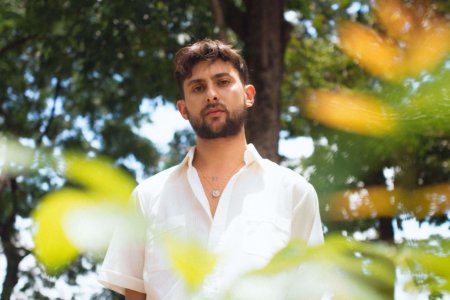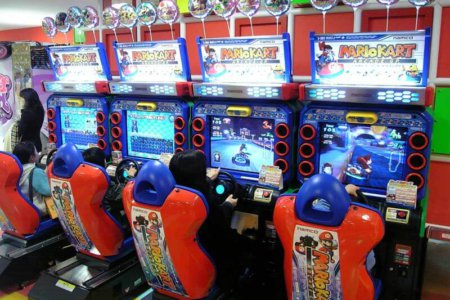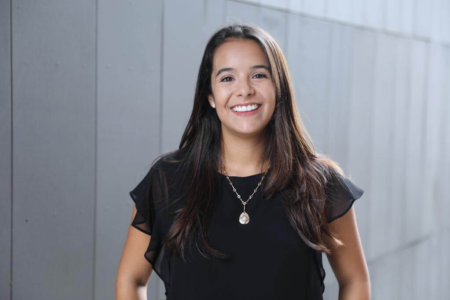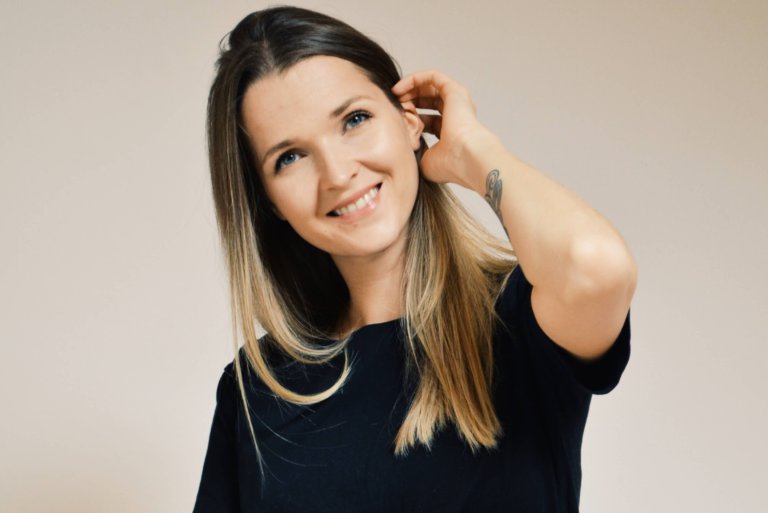
Techno and underground art exhibitions aren’t the usual reasons why young people choose to study communication design. Not unless you’re Iryna Turtaieva, who witnessed the horrors of the 2013 Euromaidan revolution in Kyiv and was part of the national youth movement to revive the country’s cultural scene.
“A sense of total freedom and endless possibilities flowed with the blood. A strong wish to contribute to the cultural development grew tremendously,” she tells i-D in an interview. “So I, together with my five friends, founded an art platform called club 56, which was a local techno scene and a multifunctional ground for cultural activities. Here, young Ukrainian artists could exhibit their artwork, arrange performances, or have social gatherings.”
She ended up loving the communication part. It was fun creating brand identity, strategising and creating content, but after a few years, she wanted to take her skills to the next level and signed up at AMD Akademie Mode & Design in Düsseldorf. We caught up with Turtaieva to find out why she calls this her best decision yet and how it’s taken her to extraordinary places since:
Why did you choose to study branding and communication design?
I always loved art and design, I remember drawing and sketching since early childhood. Later on, when I had to choose the uni and my future career direction, it turned out that there weren’t many opportunities for studying and working in this philology and literature.

She ended up loving the communication part after starting her own arts and culture platform in Kyiv. Source: Iryna Turtaieva
Why did you choose to pursue your BA at AMD Akademie Mode & Design in Germany?
In 2015, I volunteered in Germany for a year. I researched design and communication in that area and found a couple of schools that piqued my interest. After several short visits, it was clear to me which one was the best fit.
AMD Akademie Mode & Design offers a huge variety of courses and has renowned professors. It was established and recognised in the industry. Theory and practice go hand-in-hand, this school provides everything you need for studies and supports you along the way.
Why not study this back in Ukraine?
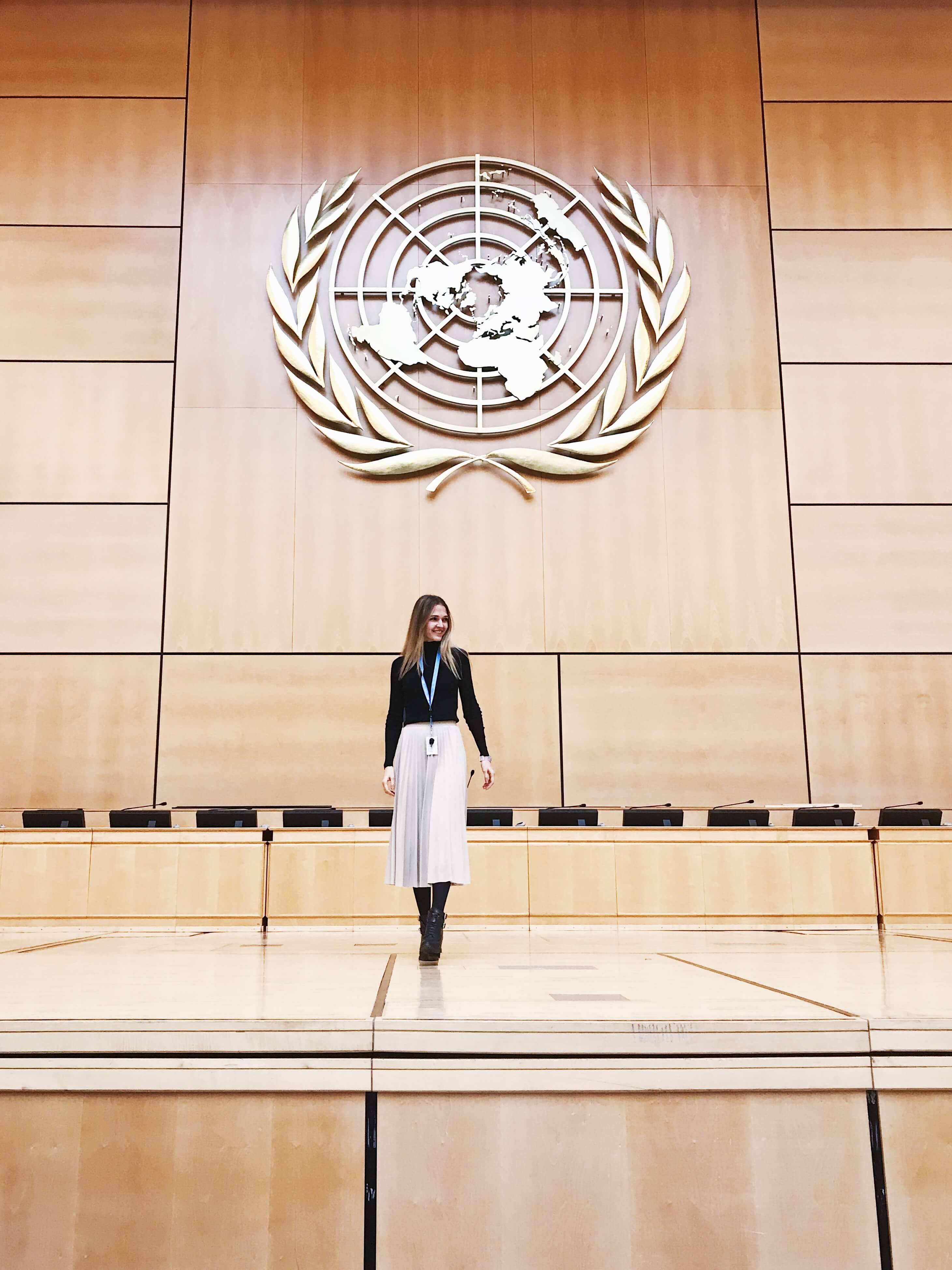
The 2013 Euromaidan revolution in Kyiv was what led the national youth movement to revive the cultural scene. Source: Iryna Turtaieva
In my native city, I found one school of communication that offers graphic design and illustration courses. I studied there for several months and although I really enjoyed it, it cannot be compared to my studies in Germany — an education that opens doors and allows you to build your career in Europe.
Tell us more about your career trajectory since graduating. What does your role in the UN entice?
During my studies, I worked in the Peek and Cloppenburg photography studio as a stylist, photographer and photo editor. It was an exciting experience that helped me to develop my skills and showed me the world of fashion, from clothes production and the marketing side.
My true intention was to be able to contribute by designing for social good and change. I was extremely happy to get the chance to work at the UN office in Geneva in the Public Information Services department. Here, I was responsible for editorial design, content creation (for print and web publications), motion graphics, animation production (to promote UN materials and raise awareness), capture and documentation of conferences and public events, and so forth.
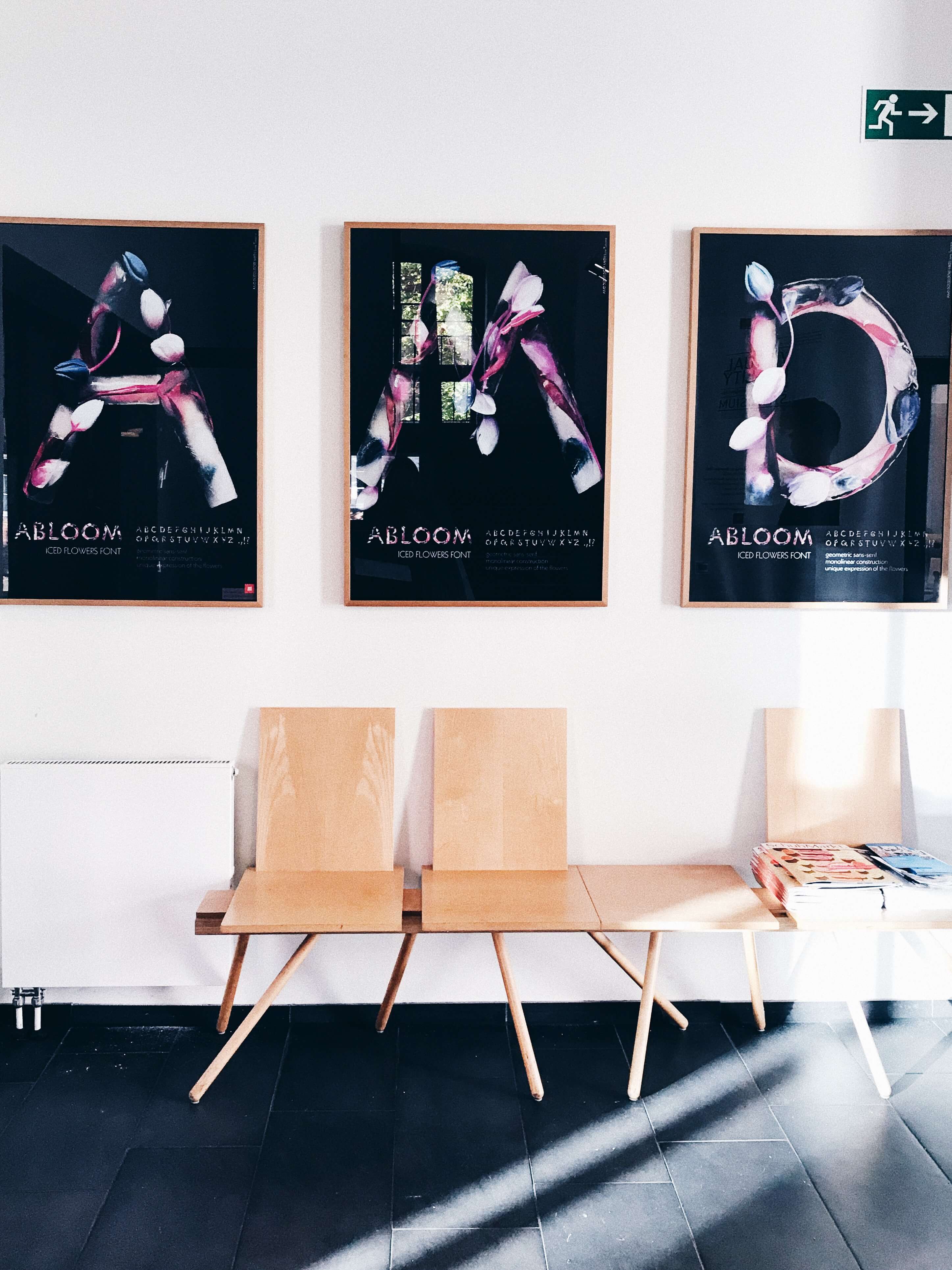
AMD Akademie Mode & Design offers a huge variety of courses and has renowned professors, one of the many reasons she chose this institution. Source: Iryna Turtaieva
After graduation, I settled down in Geneva. I continue to create corporate communication products, including illustration, animation and editorial design for non-governmental and international organisations like Kofi Annan Foundation, International Gender Champions, Geneva Centre for Security Policy, United Nations office at Geneva, and for private companies.
How do you use the knowledge and skills gained in your course now?
Marketing, project management, product developing, history of arts, visual communication theory and design programmes. All this is applied everyday for practice as a designer. When I need to combine them to create a desirable, appealing and unique product on the market to really suit its purpose.
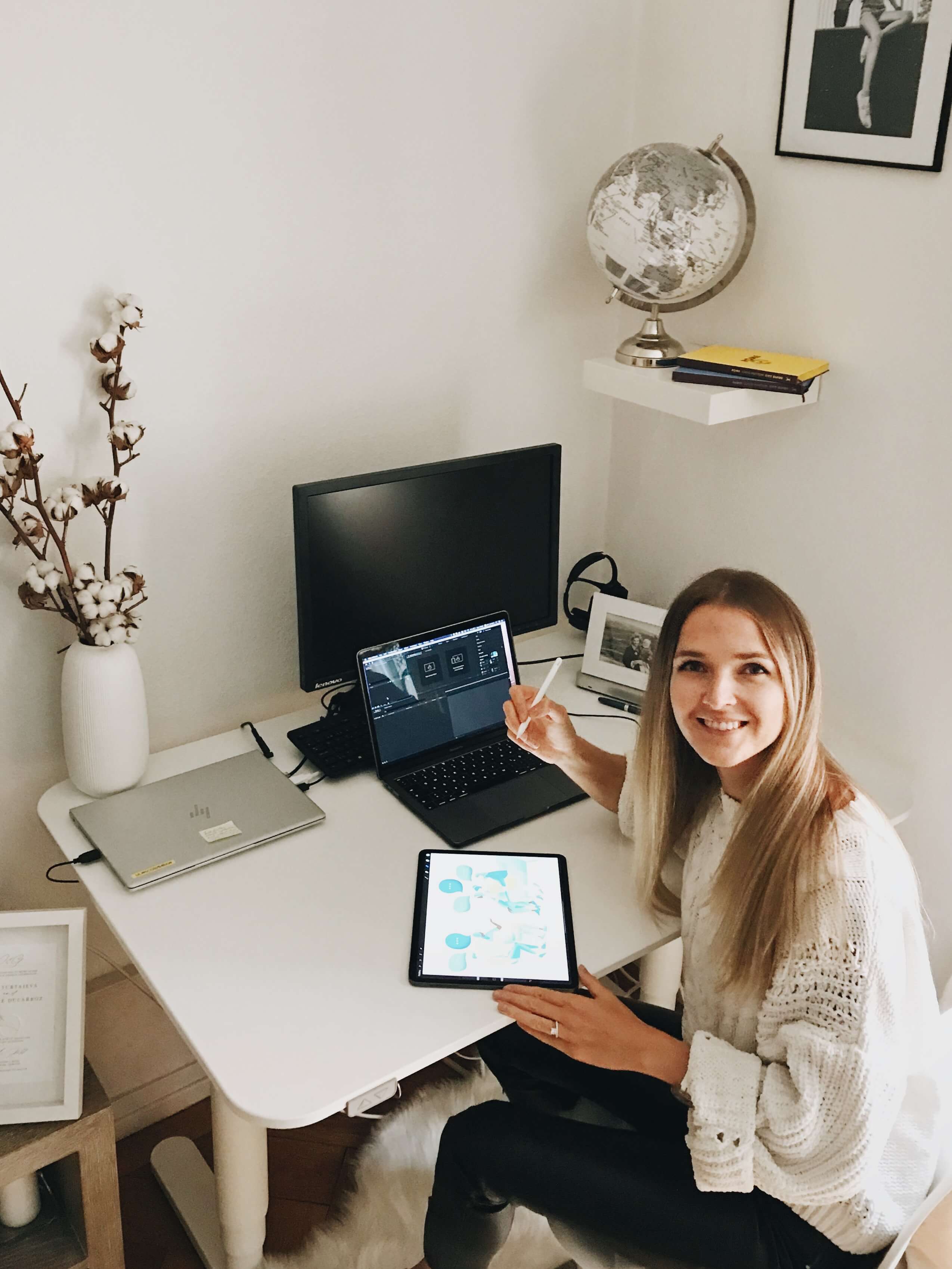
Marketing, project management, product developing, history of arts, visual communication theory and design programmes — some of the things she learnt during her course in Germany. Source: Iryna Turtaieva
What were the practical learning elements in your course?
I learned a lot about animation and motion graphics production, a big part of my job now. Not only are animation skills and software knowledge important, but pre-production, developing a concept and creating a storyboard. This helps me achieve product goals and make it appealing to the target audience.








